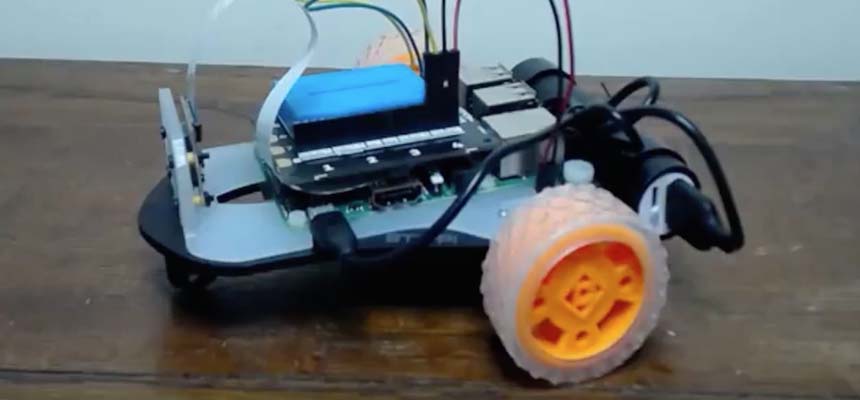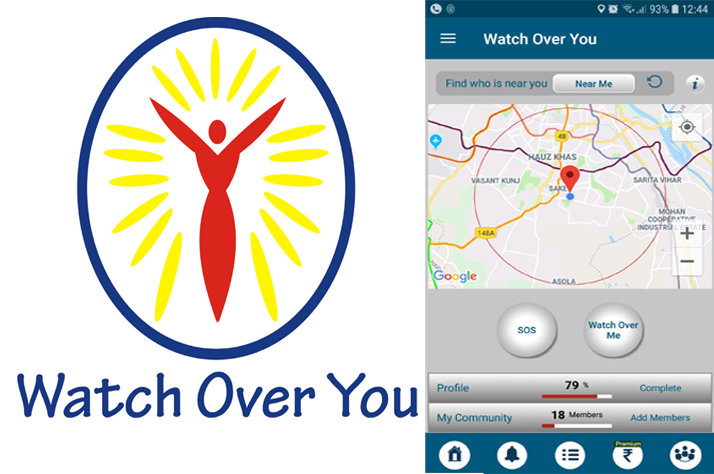Roving Robot to visit 5 Kolkata Hospitals

Cancer is a relentless disease. Damaging organs and tissue in its wake, cancer can be insidious in its onset, hiding malignant cells and tumours in the most unreachable parts of the body. Early detection is a daunting challenge. Once detected, patients find it hard to accept its presence wasting time in exploring alternatives. Eventually calling for surgery, medication and a combination of Radio and Chemotherapy.
But there is one hope on the horizon for sufferers of this most devastating of conditions. Robotic surgery methods can allow for hugely magnified views of the damaged tissue and provide the very fine and precise instruments needed to get access to them inside the body and bring relief.
THE ROBOTIC WAY
“More often than not people assume that the robot does the surgery and not the surgeon. They think that the surgeon just feeds in the details into the computer and then watches the robot operate, or worse, walks out for a hot cup of tea in the lounge,” shares Dr. Gagan Gautam, Head - Urologic Oncology & Robotic Surgery, Max Institute of Cancer Care, New Delhi.
The reality is that the robot is not an independent entity. Robotic surgery cannot take place without a highly skilled surgeon at the console. The robot is only as good as the surgeon and staff behind them.
The da Vinci Surgical Robot combines the best of science and medicine. With nearly 4000 patents and pending patents da Vinci Robot is filled to the brim with innovation. What the robot adds is a way of seeing better and four flexible arms that enter the human body through tiny incisions can be guided to make the repair needed. It is the next breakthrough step in minimally invasive surgery and a major step up from laparoscopic procedures.
When working with a da Vinci, the surgeon, a specialist not only in the use of the machine, but also in his or her own field of surgery, will sit at a console where there is a 3D and 10-fold magnified view of the interiors of the body. From here, the robotic arms are controlled and the right instrument sent in to remove or repair tissue. Because it is so precise, there is less chance of collateral damage. And because the cuts and incisions needed to send the robotic arms in are so tiny, the patient doesn’t have to suffer the trauma of traditional open surgery. A huge relief to just about anyone. It means negligible blood loss, less pain, quick recovery and shorter hospital stay.
Robotic surgery works best in areas involving soft tissue. It is certainly proving better than traditional surgery in many gynaecological cancers, head and neck and thoracic surgery, removal of organs such as the kidney, liver, pancreas, thyroid, prostrate, and uterus, urology ailments and even organ transplants. Robotic surgery is also being used more and more for paediatric patients. In this form of surgery, suturing is flawless.
“The robot does not and cannot perform any surgical step, without a surgeon. The surgeon’s finger movements on the console are transmitted to the robotic arms to the patient. In fact the robot filters the minutest tremor in the surgeon’s finger during surgery to make the it more precise,” says Dr Hemang Bakshi, Robotic Urooncologist, HCG Cancer Centre Hospitals, Ahmedabad.
So the success of a robotic surgical procedure primarily depends on the same parameters as a traditional open surgery - the competence and experience of the surgeon who controls the robot.
THE ROVING ROBOT
It is to acquaint doctors and surgeons and hospital administrators that the Detroit-based Vattikuti Foundation has been evangelising robotic surgery in India. Vattikuti Technologies distributes the da Vinci robot created by US-based Intuitive Surgical Inc. The three -- Vattikuti Foundation, Vattikuti Technologies and Intuitive Surgical Inc. have instituted a ‘Roving Robot’ project in which the surgical robot is taken around the country for surgeons, hospital managements and local doctors to touch and feel a Surgical Robot and listen to one of the 360 trained robotic surgeons in the country to share her experience and the benefits to patients.
The Foundation has helped expand robotic surgery to nearly 60 hospitals in 22 Indian cities, in the past seven years, while creating a ground swell of trained robotic surgeons. Vattikuti Foundation began promoting Robotic Surgery in the US in 1997 and has since played a stellar role in spreading it across the USA, Europe and India.
VISITING 5 KEY HOSPITALS IN KOLKATA
In the current leg of its country-wide march, the Roving Robot is in Kolkata and was show cased to surgeons and administrators at Ramakrishna Mission Seva Pratishthan Hospital (Jan 25-27).
The da Vinci will be showcased in IPGMER and SSKM Hospital (Jan 30-31), NRS Medical College & Hospital (Feb 1-3), Kolkata Medical College & Hospital (Feb 4-6) and Swastha Bhawan (Feb 7).
Currently, Eastern India has two surgical robots all concentrated in Kolkata hospitals--Apollo Gleneagles Hospital and Tata Medical Center.
Part of the Foundation’s mission is also to offer 100 paid fellowships to super specialist surgeons, over the next five years, so they can become robotic surgeons. In this, they are making good progress. Vattikuti Foundation also organises Robotic Surgeons conference every six months, with over 150 robotic surgeons participating and sharing their experience and techniques.
Indian surgeons have been adapting to this new–age tool with great enthusiasm and skill. At recent Robotic Surgeons’ conferences hosted by the Foundation, large numbers of robotic surgeons participated and shared their experience and techniques with others to encourage further appropriate use of this form of surgery.

 Disclaimer: Welthi.com does not guarantee any specific results as a result of the procedures mentioned here, and the results may vary from person to person.
Disclaimer: Welthi.com does not guarantee any specific results as a result of the procedures mentioned here, and the results may vary from person to person.









